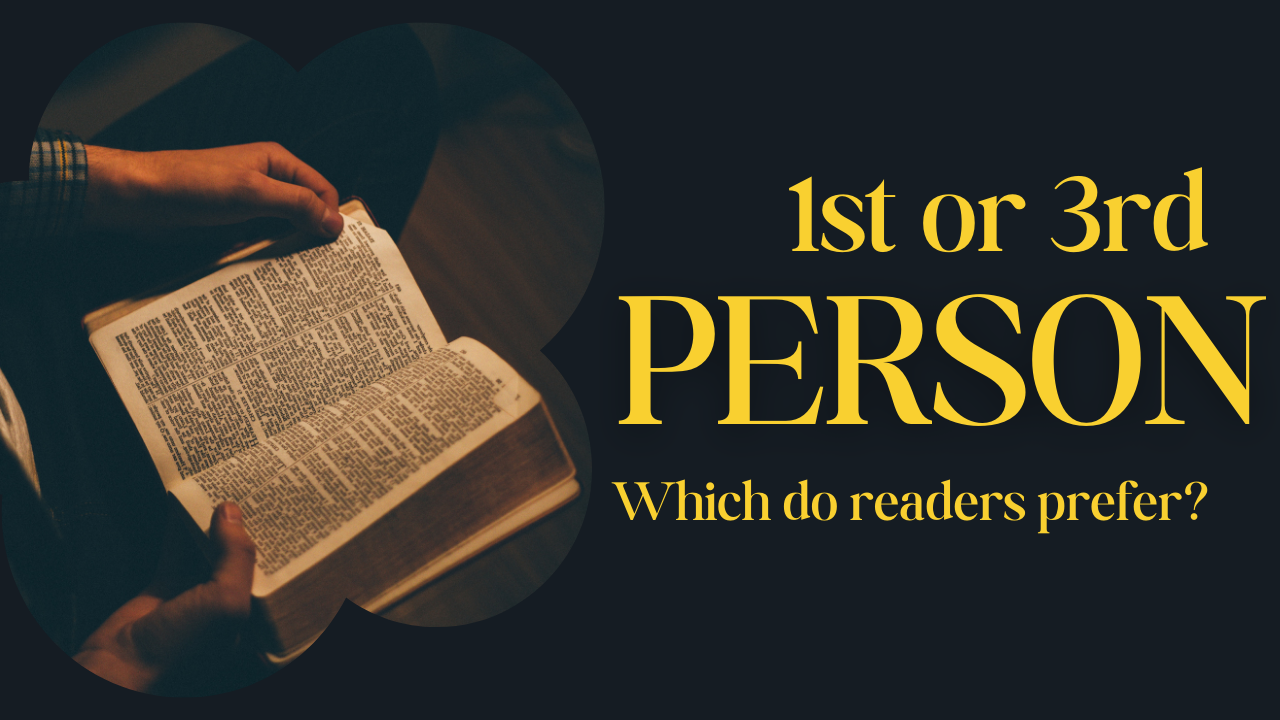The choice between first-person and third-person narrative voices significantly shapes a reader’s experience. This decision influences how intimately a reader connects with the characters and how the story unfolds across the pages.
First-Person Perspective: A Close-Up on Intimacy and Subjectivity
The first-person narrative grants a direct line into the narrator’s thoughts, feelings, and immediate experiences, using the pronoun “I.” This perspective is prevalent in novels like F. Scott Fitzgerald’s The Great Gatsby and William Styron’s Sophie’s Choice, where narrators provide a deeply personal account of the events.
The advantages of this perspective include:
- Emotional Connection: A first-person narrative heightens the emotional stakes. For instance, Suzanne Collins’ The Hunger Games is particularly gripping due to its first-person narration, making each moment of tension palpable.
- Conversational Tone: It can establish a conversational and intimate tone, as seen when Herman Melville begins Moby-Dick with “Call me Ishmael.”
- Narrative Subjectivity: It introduces an inherently subjective view, which can be particularly compelling in stories like To Kill A Mockingbird, where Scout’s youthful innocence colors the narrative.
- Unreliable Narration: It allows for unreliable narration, where the storyteller’s biases and limitations can affect the storytelling, creating complex layers of character and plot interpretation.
Third-Person Perspective: A Broader, Omniscient View
In contrast, third-person narration uses pronouns like “he,” “she,” and “they,” providing a more detached viewpoint. This form is split into two types: omniscient and limited.
- Omniscient: The narrator knows all and can delve into the thoughts of any character, providing a comprehensive view of the narrative landscape. Classic examples include Jane Austen’s Pride and Prejudice and George Orwell’s 1984. This mode is ideal for complex plots involving multiple characters and overlapping story arcs.
- Limited: The narrator presents the story from the perspective of one or a few characters. For example, Ernest Hemingway’s stories often employ a limited third-person point of view, focusing closely on a protagonist’s experiences while maintaining narrative distance.
Benefits of third-person narration include:
- Objective Reporting: It allows for a more objective portrayal of events, which can be crucial in both nonfiction and fiction.
- Insight into Multiple Characters: It enables a narrative scope that spans across various characters’ minds and motivations.
- Flexibility in Storytelling: This perspective facilitates easier transitions across time and settings, accommodating a broader and more complex plot structure.
- Narrative Compatibility: Third-person can seamlessly integrate with first-person dialogue, enriching the narrative with diverse viewpoints.
Choosing the Right Perspective
The decision between first-person and third-person narration depends largely on the story’s needs and the desired closeness the reader should have with the characters. While first-person can offer a compelling, intimate journey through one character’s eyes, third-person provides a grand vista that can encompass a broader scope of the story’s world.
Both narrative styles offer unique benefits and can be chosen based on the story’s demands, the author’s preference, and the intended reader experience. As literature continues to evolve, these narrative voices play a pivotal role in shaping how stories are told and received. Whether through the intimate lens of first-person or the expansive view of third-person, the narrative voice is a powerful tool in the art of storytelling.
Popular Books Written in First Person
Writing in the first person can create a deep connection between the reader and the narrator, and many popular books use this technique effectively. These books showcase the power of first-person narrative to convey complex emotions and draw readers into the characters’ worlds. Here are ten of the most popular books written in the first-person perspective:
- “To Kill a Mockingbird” by Harper Lee – Narrated by the young Scout Finch, this novel explores themes of racial injustice in the American South through the eyes of a child.
- “The Catcher in the Rye” by J.D. Salinger – This classic novel is known for its first-person narrative from the point of view of Holden Caulfield, a disenchanted teenager wandering through New York City.
- “The Great Gatsby” by F. Scott Fitzgerald – Although the story centers on the enigmatic Jay Gatsby, it is narrated by Nick Carraway, who provides a unique and personal perspective on the events.
- “The Hunger Games” by Suzanne Collins – Narrated by Katniss Everdeen, this novel details her survival and rebellion against a dystopian regime.
- “Gone Girl” by Gillian Flynn – This thriller alternates between the first-person perspectives of Nick Dunne and his missing wife, Amy, creating a gripping and twisting narrative.
- “The Adventures of Huckleberry Finn” by Mark Twain – Huck Finn narrates his own story of adventure and moral growth as he travels down the Mississippi River.
- “The Bell Jar” by Sylvia Plath – This semi-autobiographical novel features the deep personal insights of Esther Greenwood, a young woman struggling with mental illness.
- “The Fault in Our Stars” by John Green – Narrated by Hazel Grace Lancaster, this touching story explores life and love under the shadow of cancer.
- “Room” by Emma Donoghue – Told from the perspective of five-year-old Jack, who has been held captive in a single room with his mother his entire life.
- “Jane Eyre” by Charlotte Brontë – This classic novel is narrated by the titular Jane Eyre, providing a profound exploration of her emotions, experiences, and moral growth.
Popular Books Written in Third Person
Third-person narration offers a broad perspective, allowing authors to explore multiple viewpoints and intricate plot details. These books exemplify how third-person narration can be effectively used to create rich, multi-layered stories that can encompass a wider scope than first-person narratives typically allow. Here are ten of the most popular books written in third-person:
- “Harry Potter Series” by J.K. Rowling – These beloved novels are written in a close third-person limited perspective, mainly following Harry Potter through his adventures in the wizarding world.
- “Pride and Prejudice” by Jane Austen – This classic novel uses a third-person omniscient viewpoint to explore the manners, upbringing, morality, and marriages of the British landed gentry at the turn of the 19th century.
- “The Lord of the Rings” by J.R.R. Tolkien – An epic fantasy series told in third-person omniscient, providing a sweeping narrative that covers vast landscapes and a large cast of characters.
- “1984” by George Orwell – A dystopian novel that uses third-person limited to follow the life of Winston Smith, emphasizing the oppressive environment of a totalitarian government.
- “The Chronicles of Narnia” by C.S. Lewis – This series utilizes a third-person narrative to tell the story of various children who play central roles in the unfolding history of the mystical land of Narnia.
- “Game of Thrones” (A Song of Ice and Fire Series) by George R.R. Martin – Known for its sprawling narrative, this series employs a form of third-person limited that shifts between numerous characters, providing multiple perspectives on the complex political intrigue.
- “The Book Thief” by Markus Zusak – Uniquely narrated by Death, this novel follows Liesel Meminger in a third-person account that explores the power of books and the human spirit during WWII.
- “Gone with the Wind” by Margaret Mitchell – This historical novel uses a third-person narrative to depict the struggles of Scarlett O’Hara and her life in the South during and after the Civil War.
- “Moby-Dick” by Herman Melville – While it has instances of first-person narrative, the bulk of the novel about Captain Ahab’s obsessive quest to catch the white whale is narrated in third-person.
- “Little Women” by Louisa May Alcott – This novel is written from a third-person omniscient perspective, focusing on the lives and loves of the four March sisters growing up during the American Civil War.



